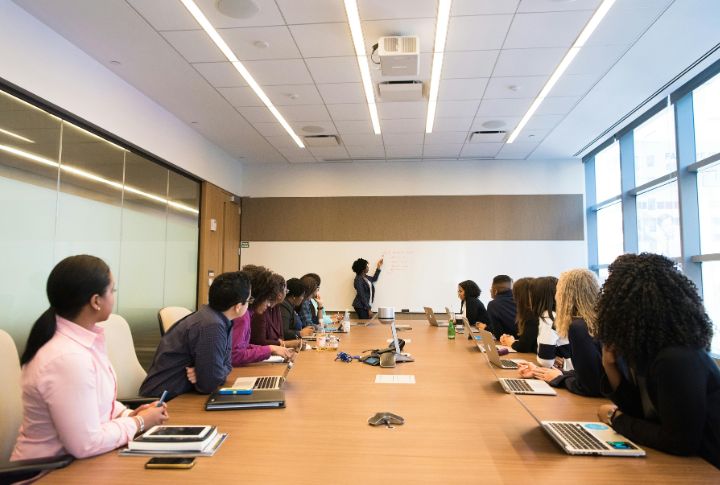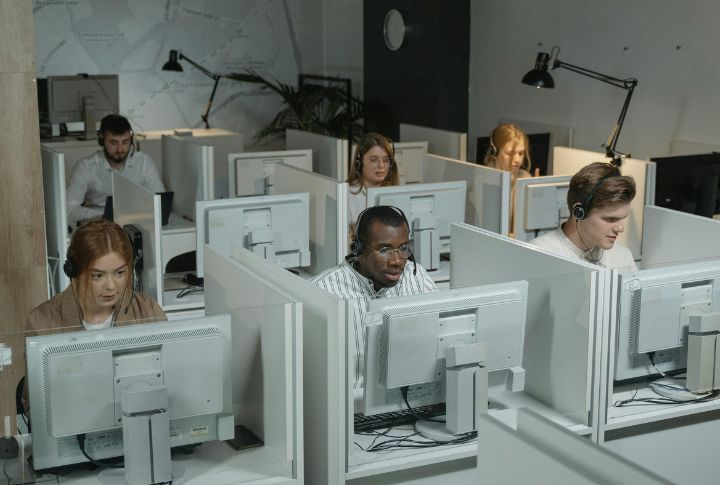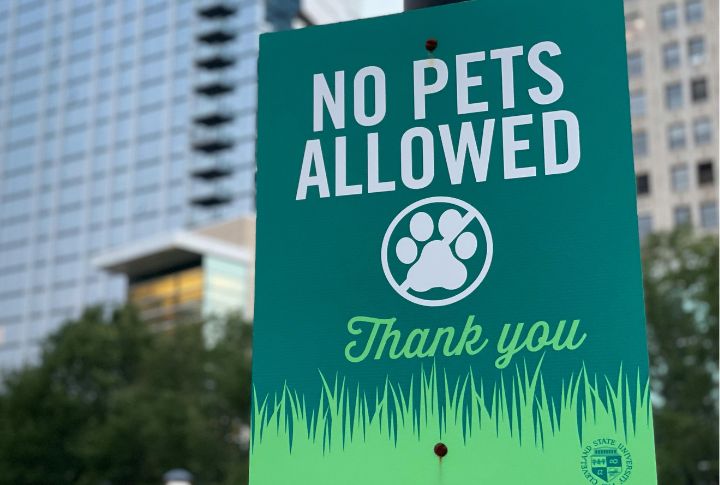
Some work rules sound so strange now, you’d swear they were jokes, but they were once mandatory. The shift didn’t come with announcements or memos, yet dozens of long-standing office expectations quietly vanished after 2020. What changed, and why did these once-standard rules lose their grip? Explore the full list of outdated office mandates and see which ones you’re glad to leave behind.
Mandatory Office Attendance Every Day

It’s strange to think that merely showing up in the same building every single day was a non-negotiable rule. Professionals were expected to commute, regardless of their tasks, simply because that was “the way things were done.” Now, the thought of being locked to a desk five days a week seems like an unnecessary restriction on adult lives.
Strict 9-To-5 Work Hours

The 9-to-5 grind once trapped employees in rigid hours. Personal life and peak performance were ignored. Flexible scheduling flips that script. People now work when energy peaks and pause as life demands attention. The result: higher productivity, lower stress, and a workday that actually fits real life.
Formal Dress Codes

Most workplaces today favor business casual or simple “neat and presentable” dress codes. Imagine explaining to a new hire that not long ago, employees wore suits, ties, or formal outfits daily just to work at a desk. Those pre-pandemic rules of stiff, uncomfortable clothing now feel entirely disconnected from today’s comfort-driven culture.
Face-To-Face Meetings Only

Think about organizing travel and calendars just to meet people working one floor away. Back then, in-person discussions were non-negotiable. But a quick video call replaces all that hassle, making the old way feel unnecessarily expensive and time-consuming.
Cubicle-Based Seating Plans

The traditional office was a maze of assigned cubicles, basically fixed little boxes for everyone, all the time. That dedicated desk and high-walled setup is gone; currently, it’s all about flexible “hot-desking” and open, collaborative spaces. The old way felt isolating and incredibly wasteful of space.
No Remote Hiring

Companies once refused to hire anyone living beyond the daily commuting distance from the office. That narrow geographical requirement meant talented candidates got rejected simply because of where they lived. Remote work technology changed everything by proving that location doesn’t determine productivity or capability.
Doctor’s Notes For Sick Days

Needing to visit a doctor just to get a piece of paper for a one-day cold was a bureaucratic nightmare. It unnecessarily burdened the healthcare system and the employee. These days, most places trust adults to certify their own short absences, so the old note requirement feels like a relic of micromanagement.
“No Kids Or Pets In The Background” Policy

Strict rules demanded silent, pristine backgrounds during every video meeting without exception or understanding. Any sign of home life—kids, pets, noise—was considered deeply unprofessional and embarrassing. Modern work culture embraced these authentic moments as relatable instead of shameful violations of professionalism.
In-Person Onboarding Only

New employees once had to physically appear at the office for orientation, training, and mountains of paperwork. Remote onboarding seemed impossible or at least inferior to face-to-face meetings back then. The pandemic forced companies to digitize everything, and they discovered virtual processes worked perfectly fine.
Business Travel For Every Meeting

Routinely hopping on a plane for a simple two-hour meeting with a client in a different city was a standard part of doing business. The expense and carbon footprint of this norm were huge. Today, virtual platforms mean most meetings are instant and make that old reliance on routine business travel look excessive and wasteful.
Lunch Hour At A Fixed Time

Current employers let employees eat when it suits their workflow and have replaced the old “lunch bell” rule that felt arbitrary. Previously, everyone had to stop working at the same time, and it caused crowded cafeterias and kitchens. That rigid schedule ignored the fact that people get hungry at different times.
Silence About Mental Health

Mental health problems had to stay private and invisible in professional settings, no matter what. The toxic silence forced people to suffer alone while constantly pretending everything was fine. Modern offices promote open dialogue and dedicated mental health resources as standard employee benefits now.
No Work Tools On Personal Devices

Using work apps on your own phone or laptop was once discouraged or even banned outright. Today, BYOD policies and secure cloud platforms make it completely normal to blend personal and professional technology. The shift happened gradually as companies realized the convenience outweighed security concerns, and they could now manage better.
Paper-Based Documentation

Every contract, form, and memo required printing, signing by hand, and storing in physical files. The amount of paper wasted was staggering, yet nobody questioned this inefficient system seriously. Remote work made digital documentation necessary rather than optional for business continuity during lockdowns.
No Access To Internal Job Postings

Companies once banned employees from working overseas because of legal, compliance, and trust concerns. In 2025, many support flexible global work setups. Professionals can spend months abroad without any disruption, as formal mobility programs take the place of old travel limits.
“Work Comes Before Family” Mentality

Workplaces once expected every family need—a sick child or a school event—to come second to career demands, with no exceptions. The pandemic showed that people can succeed while balancing work and family life. That old “work-first” mindset feels cold and out of touch in today’s era.
Strict Email-Only Communication

Before the rise of modern chat apps, almost every single workplace interaction had to be filtered through formal, multi-paragraph emails. Now, the slow, stiff back-and-forth feels so inefficient compared to quick, real-time chats, reaction emojis, and GIFs. The formality of the old way created unnecessary communication drag.
One-Size-Fits-All Office Culture

The era of one-size-fits-all office culture is fading fast. Today’s workforce values personalized flexibility—from adaptable work hours to tailored wellness programs—that recognizes individual needs instead of enforcing uniformity. The old model, where everyone followed the same schedule and received identical perks, now feels outdated and restrictive.
One Job, One Role Mentality

The traditional workplace structure gave each employee a tightly defined set of duties. You were hired for one title, and your work had to stay within that lane. That rule no longer applies, as cross-functional agility has become the new standard for better collaboration and efficiency.
Limited Parental Leave Policies

In the past, parental leave was minimal, mostly for mothers, and was seen as an inconvenient burden. Those old restrictive policies now feel unsupportive and outdated for today’s workforce. The new standard offers longer, paid, gender-neutral leave for all new parents.
